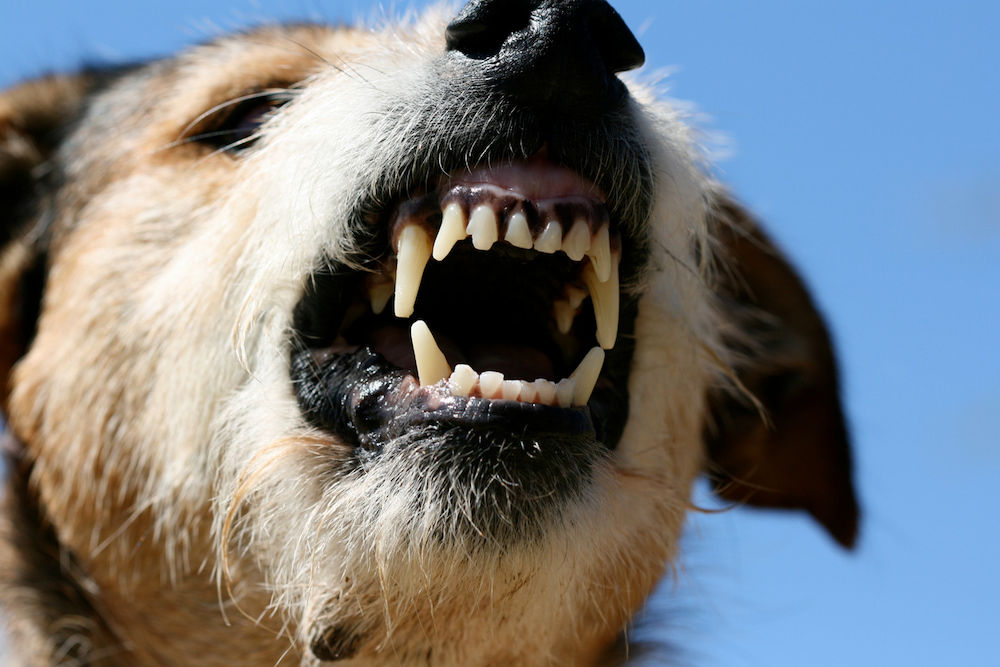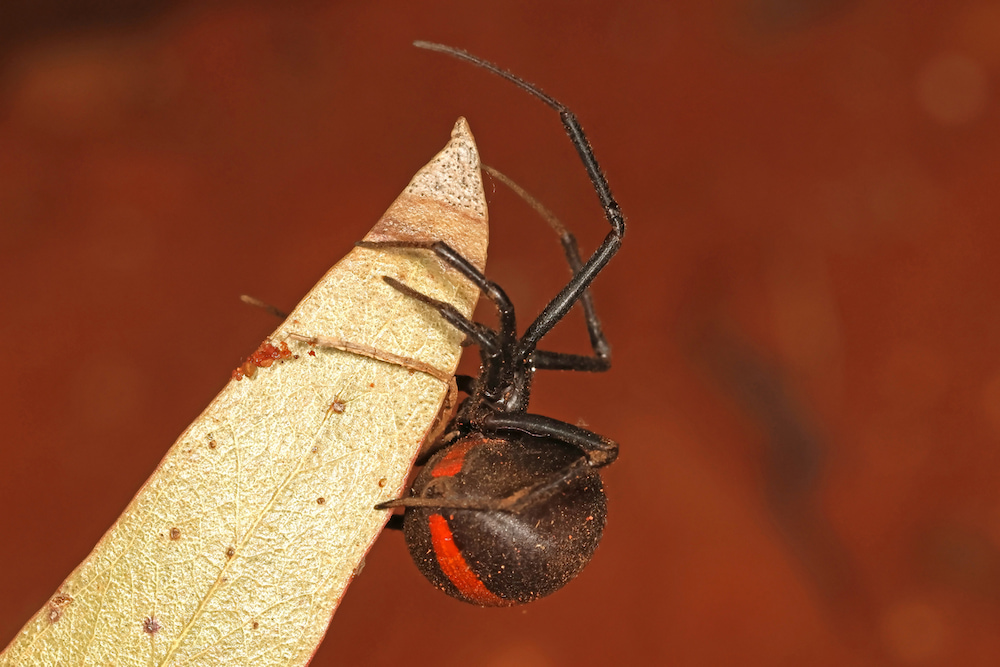American crime novelist Patricia Highsmith once wrote a collection of grisly stories in which nasty humans are done in by a bevy of beasts: elephants, rats, ferrets, hamsters, dogs, cats, pigs, horses, and cockroaches. She would not have been surprised by – and probably rather suspicious of – recent findings that the number of hospitalisations caused by animals has increased over the last decade.
Between 2012 and 2022, the age-standardised rate of injuries from animals increased from 66.5 per 100,000 in in 2012–13 to 90.5 in 2021–22, according to the Australian Institute of Health and Welfare (AIHW)’s Contact with animals, released today. There were 23,380 hospitalisations due to contact with animals in 2021–22; hospitalisations increased by 10 per cent (2,230) from 2019–20 to 2020–21.
Common pets caused most injuries overall: crude rates increased from 18.9 per 100,000 persons in 2012–13 to 47.5 in 2021–22. And while dogs may be man’s best friend, and some people are fond of cats, these two animals, the most common domestic pets in Australia, caused more than half (53 per cent) of all injury hospitalisations related to contact with animals in 2021–22.

The increase in injuries, the AIHW suggests, is because pet ownership has also increased since the COVID-19 pandemic: more than two in three Australian households own a pet.
“So unsurprisingly, common domestic pets account for the largest proportion of animals involved in injury hospitalisations,” AIHW spokesperson Dr Sarah Ahmed said.
Nevertheless: “Although owning a pet comes with a risk of injury, research has shown that interactions between humans and animals can provide benefits to our health and wellbeing.”
The highest rate of injury was among 45- to 64-year-olds, 110 cases per 100,000.
The most common injuries were open wounds, accounting for 57 per cent of cases (13,420). Fractures accounted for 15 per cent, and toxic effects for 10 per cent, but superficial injury for only 5 per cent and soft tissue injury for 4.5 per cent.
The upper limbs (46 per cent) and head and neck (14 per cent) were the body parts most likely to be injured.
Two in three pet owners are female, and are 1.2 times as likely as males to be hospitalised due to a common pet-related injury.
On the other hand, males (5.9 per 100,000) were twice as likely to be hospitalised for allergic reactions to animals than females (3.2 per 100,000). Overall, allergic reactions to animals sent 1,180 cases to hospital. Anaphylactic reactions to bites and stings can be fatal; however, the report does not include information on deaths.
Livestock

Livestock made up almost a quarter (22 per cent, or 5,030) of all injury hospitalisations due to contact with animals in 2021–22.
Horses (22 per cent), cows (13 per cent), and sheep (3 per cent) were the livestock most frequently contributing to injury hospitalisations.
Females were twice as likely to be injured than males.
Venomous animals

Wildlife and venomous animals caused 4,980 injury hospitalisations in 2021–22, making up one in five (21 per cent) injury hospitalisations due to contact with animals.
Reptiles made up 48 per cent (2,394), followed by insects and arthropods (30 per cent) and venomous snakes or lizards (11 per cent).
“Australia is home to some of the most venomous animals in the world,” Dr Ahmed noted. However, Australians are 6.6 times more likely to be hospitalised due to injury involving a non-venomous animal than a venomous one.
Marine animals

Injuries from marine animals most frequently occurred in summer during leisure activities. Sea creatures caused 525 injury hospitalisations during 2021–22: 2.2 per cent of all injury hospitalisations due to contact with animals. Males were more than twice as likely to be injured than females.
In 302 cases (58 per cent), these marine animals were venomous. The most common venomous marine animals contributing to these hospitalisations were jellyfish (23 per cent of marine animals), stingrays (18 per cent), and stinging fish (16 per cent).
Stings from the Irukandji jellyfish – only a cubic centimetre, but potentially lethal – made up more than three in four hospitalisations from all jellyfish.



